Search

SDSU Extension welcomes new Weed Ecology Field Specialist
February 28, 2025
In his role, Reicks will provide guidance for weed management in specialty crops, pastures and rangelands, organic systems, lawns/gardens and public right-of-ways. He is based in Brookings.
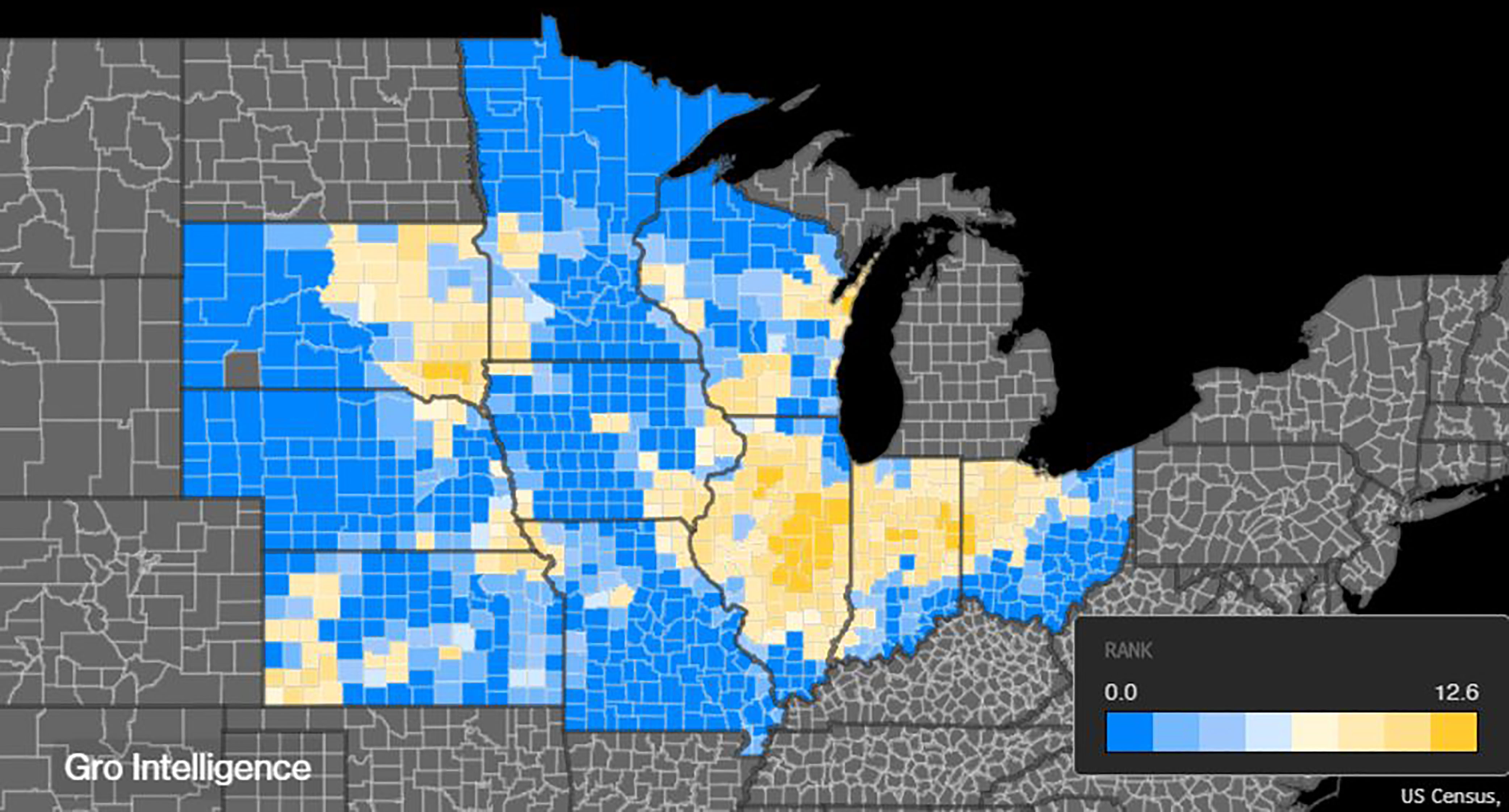
Stretching Corn Silage Supplies
During the 2002 drought there was a need to stretch corn silage supplies as a result of the drought that affected the U.S. Now we deal with the opposite scenario, where excessive spring rains have not allowed farmers to get to the fields. In both situations livestock producers face challenges.
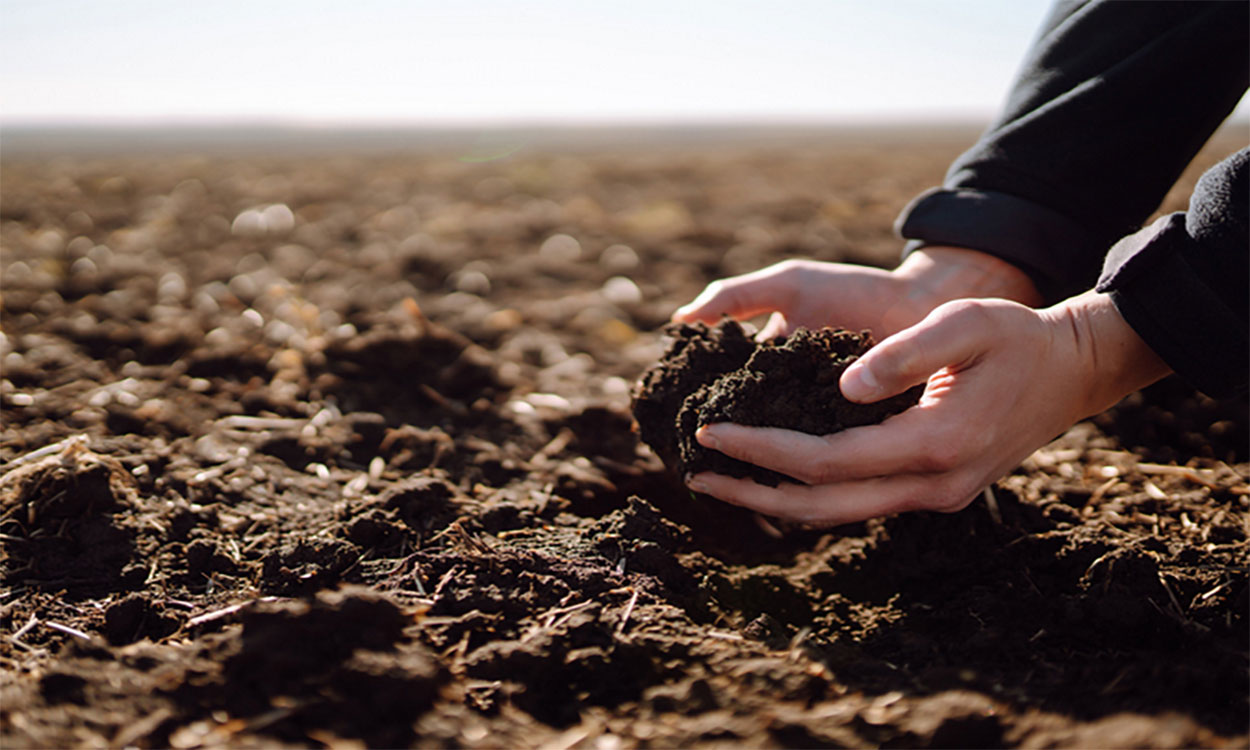
Carbon to Nitrogen Ratio of Healthy Soils
The ratio of carbon to nitrogen in the soil is essential for soil biochemical functioning. Learn some expert tips on managing soil to create an ideal ratio of these critical elements.
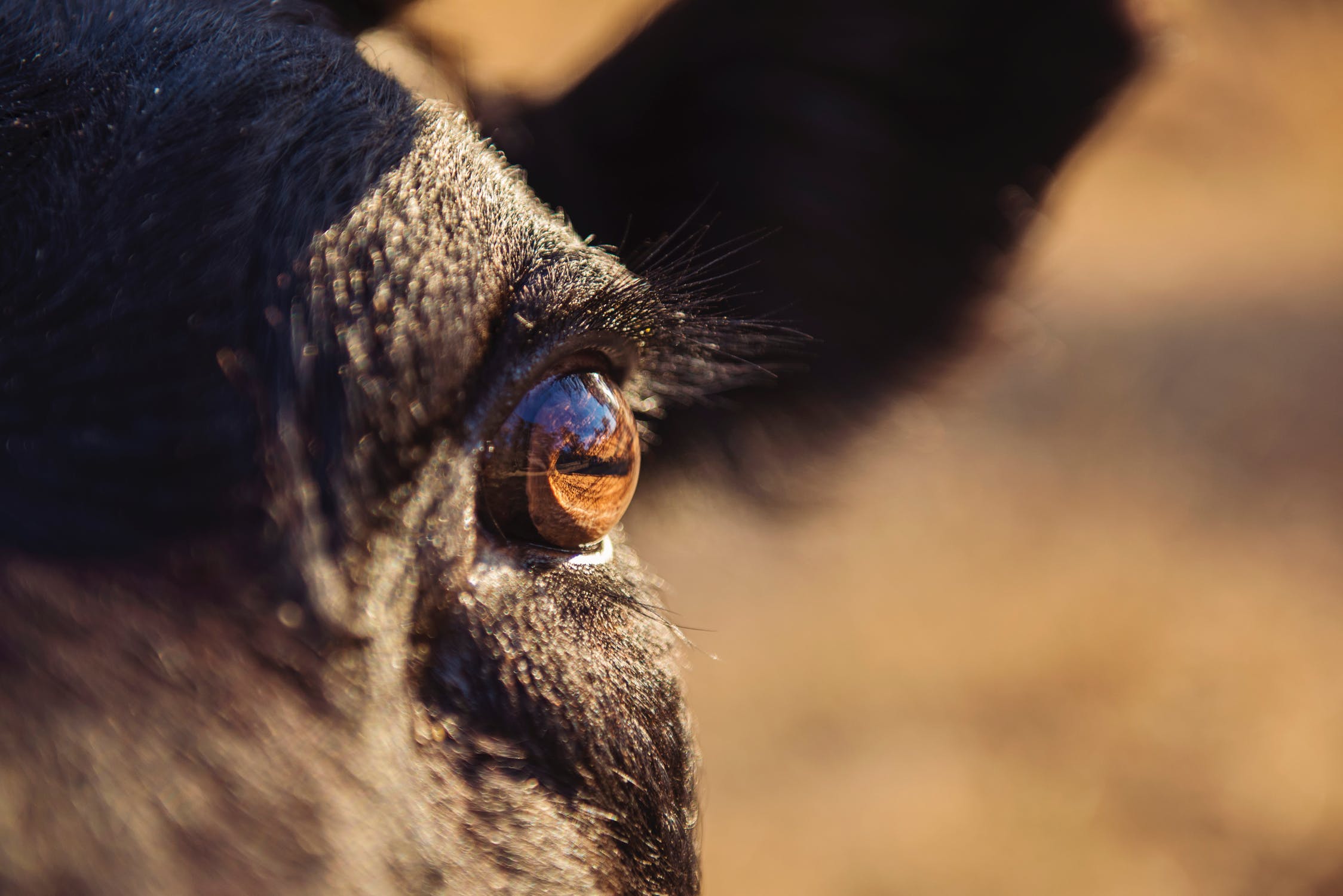
Anthrax: Vaccination Considerations
Anthrax is caused by bacteria, Bacillus anthracis, which has the ability to form very resistant spores in the soil. These spores can remain viable for many years on pasture, and become reactivated when the right environmental conditions exist. Fortunately for cattle producers, losses due to anthrax can be prevented through use of a vaccine that has proven its effectiveness through the years.
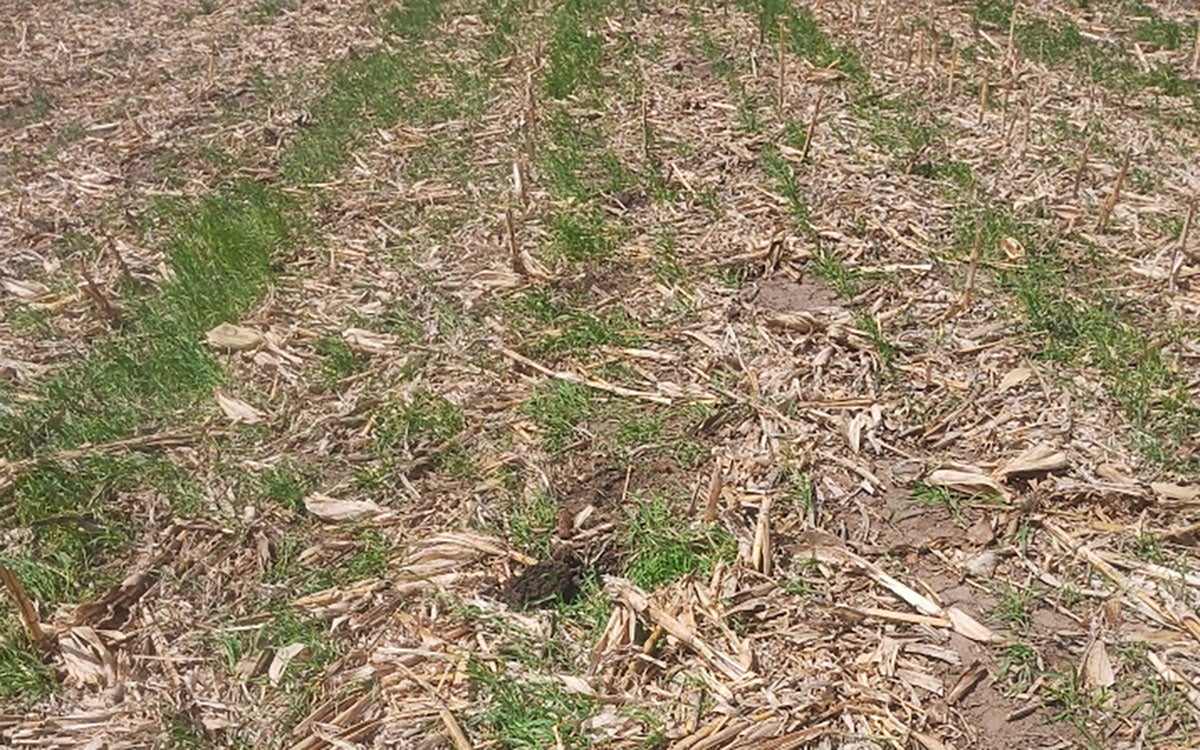
Effects of Different Cereal Rye and Winter Camelina Seeding Rates on Biomass Production and Soil Properties When Broadcast Seeded
Benefits to soil health generally increase as cover crop biomass production increases. Recent research sought to determine how the seeding rate of two cover crop species and mixtures affected biomass production and some soil health indicators.
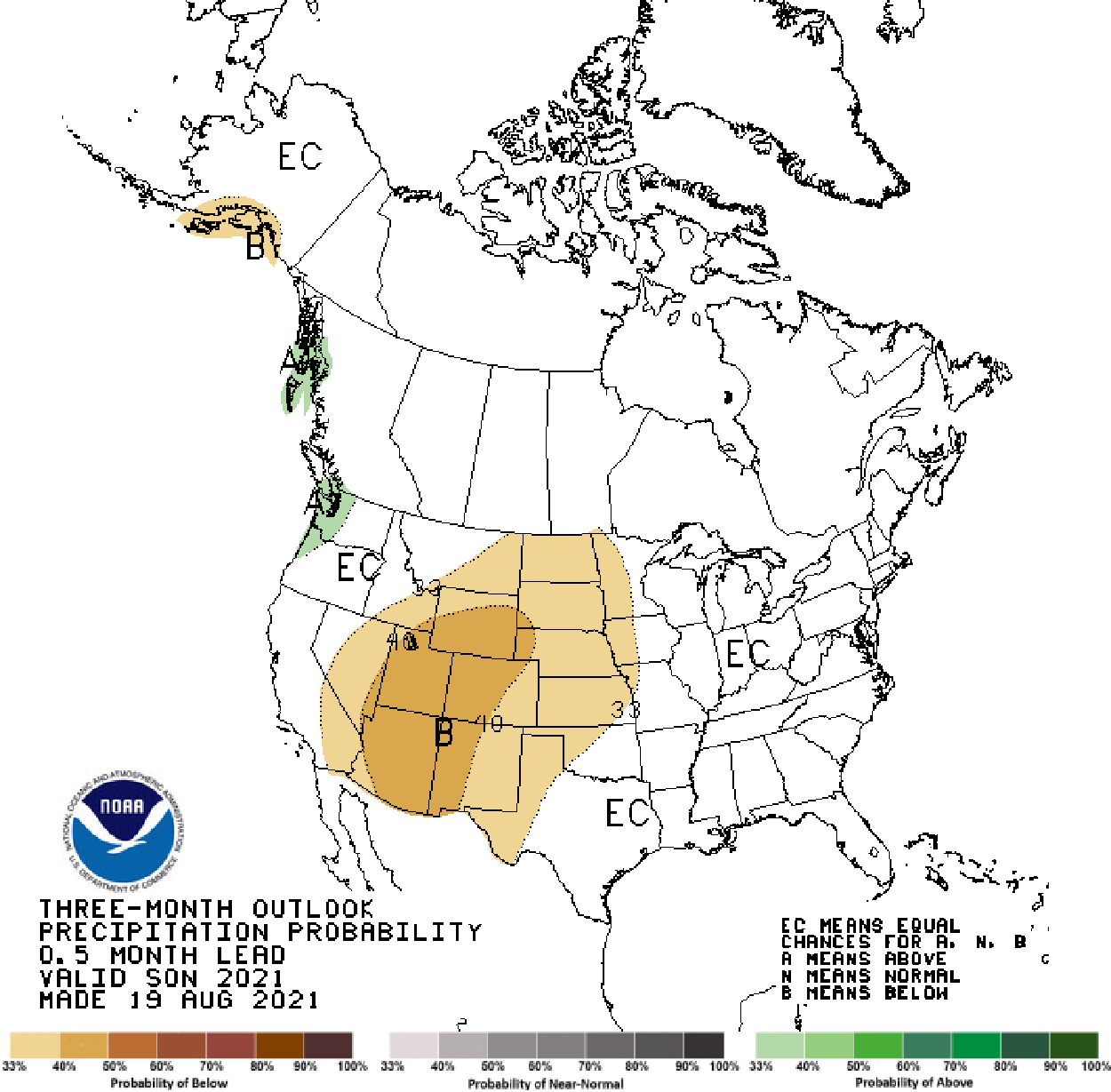
Fall 2021 Climate and Drought Outlook
The National Oceanic and Atmospheric Administration Seasonal Climate Outlook, released Aug. 19, 2021, projects drought conditions to continue through the fall season.
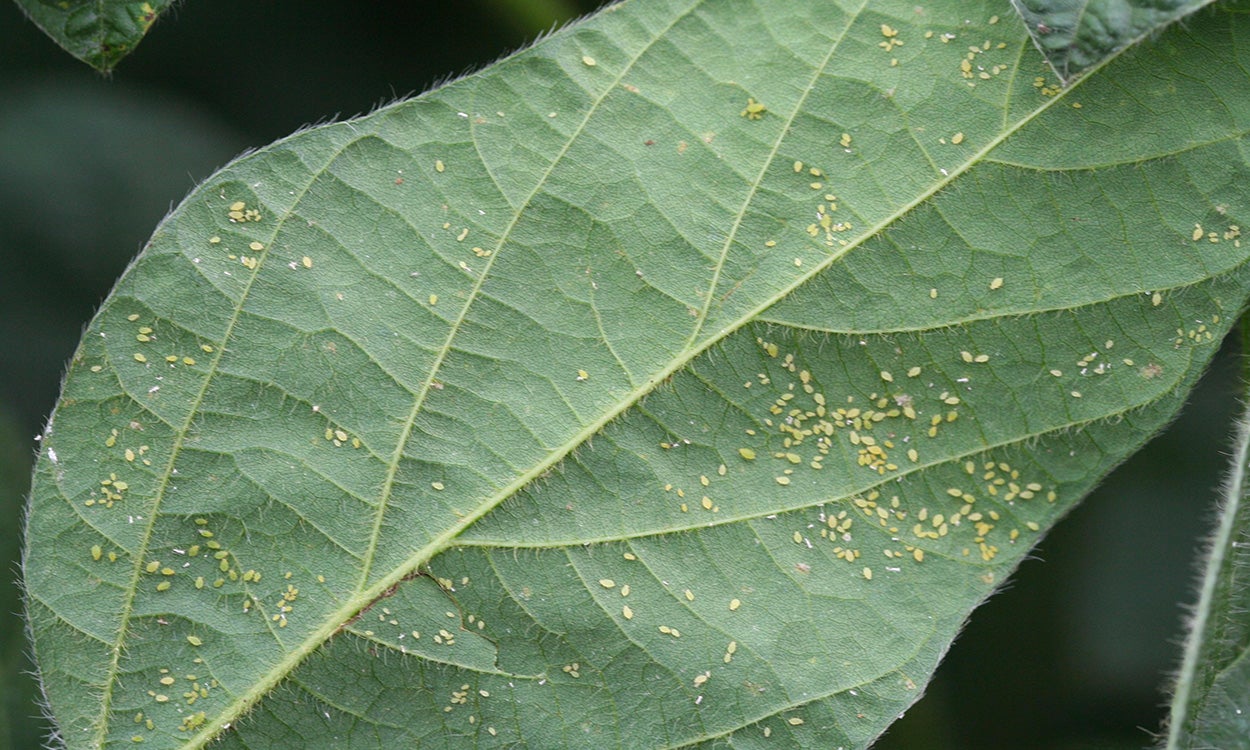
Management Recommendations for Soybean Aphids
In many fields across eastern South Dakota soybean aphid populations have reached economic thresholds, and there have been a lot of questions regarding the best approach to managing the 2024 outbreak.
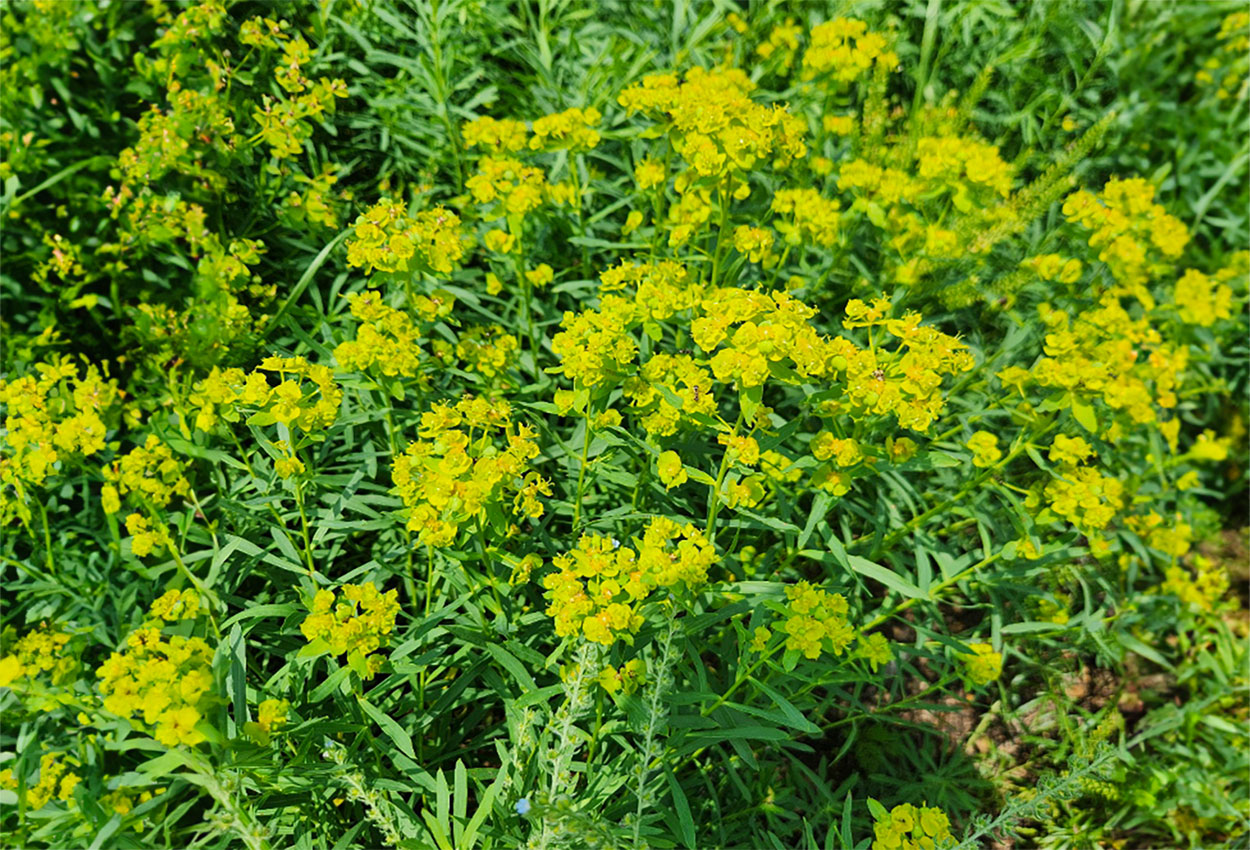
Leafy Spurge Management in the Early Summer
Early summer and fall integrated management tactics are critical for leafy spurge management. Now is the time to consider implementing early summer management tactics for leafy spurge.
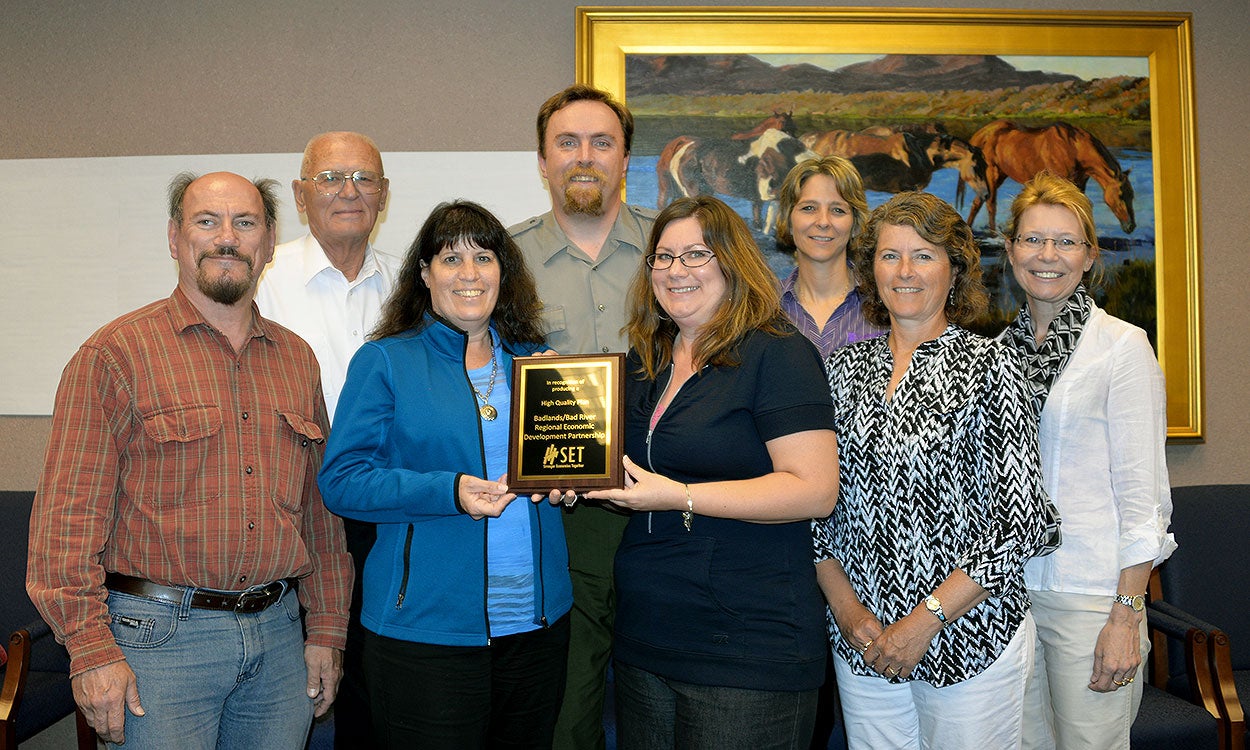
Inspiring Community Leaders
Based on research and evidence gathered by industry experts, this program teaches communities, businesses and individuals the skills needed to foster exemplary leadership qualities.
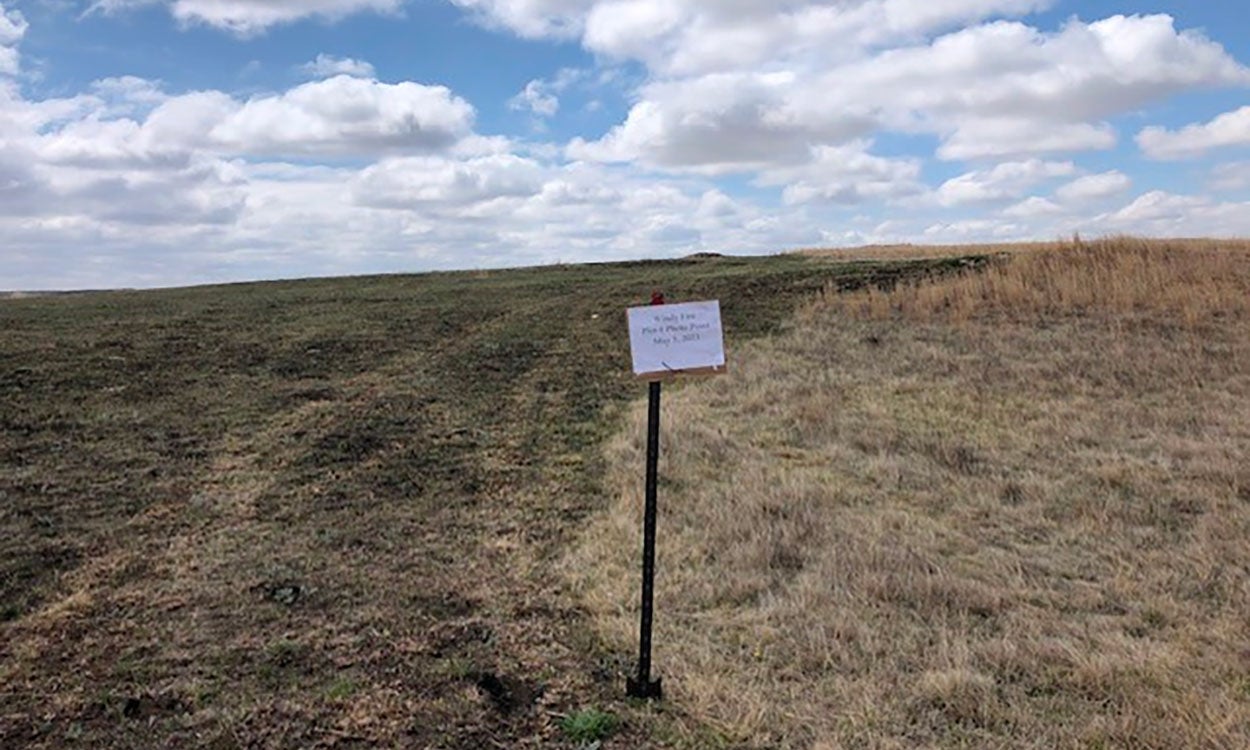
Range Roundup: Dormant Season Wildfire Project in Northwestern South Dakota
Two of the main environmental conditions that drive post-wildfire rangeland recovery include health of the rangeland ecosystem prior to the wildfire and climatic variables, such as precipitation or drought after the fire event.